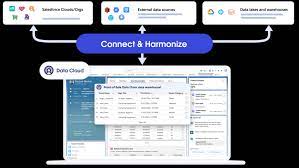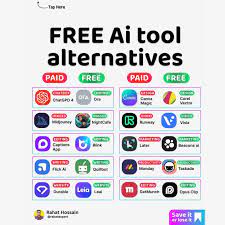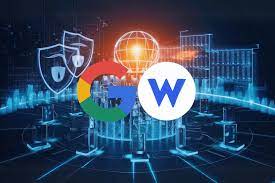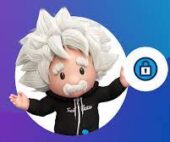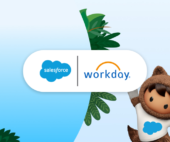Auto-Enablement of the new Maps experience in October
To ensure a smooth transition and enhance your experience in Salesforce Maps, the new features currently available in all environments will be auto-enabled in the Winter ’25 release this October. We encourage you to enable the new experience now and share your feedback to help us meet your needs and expectations. Instructions on activating the



